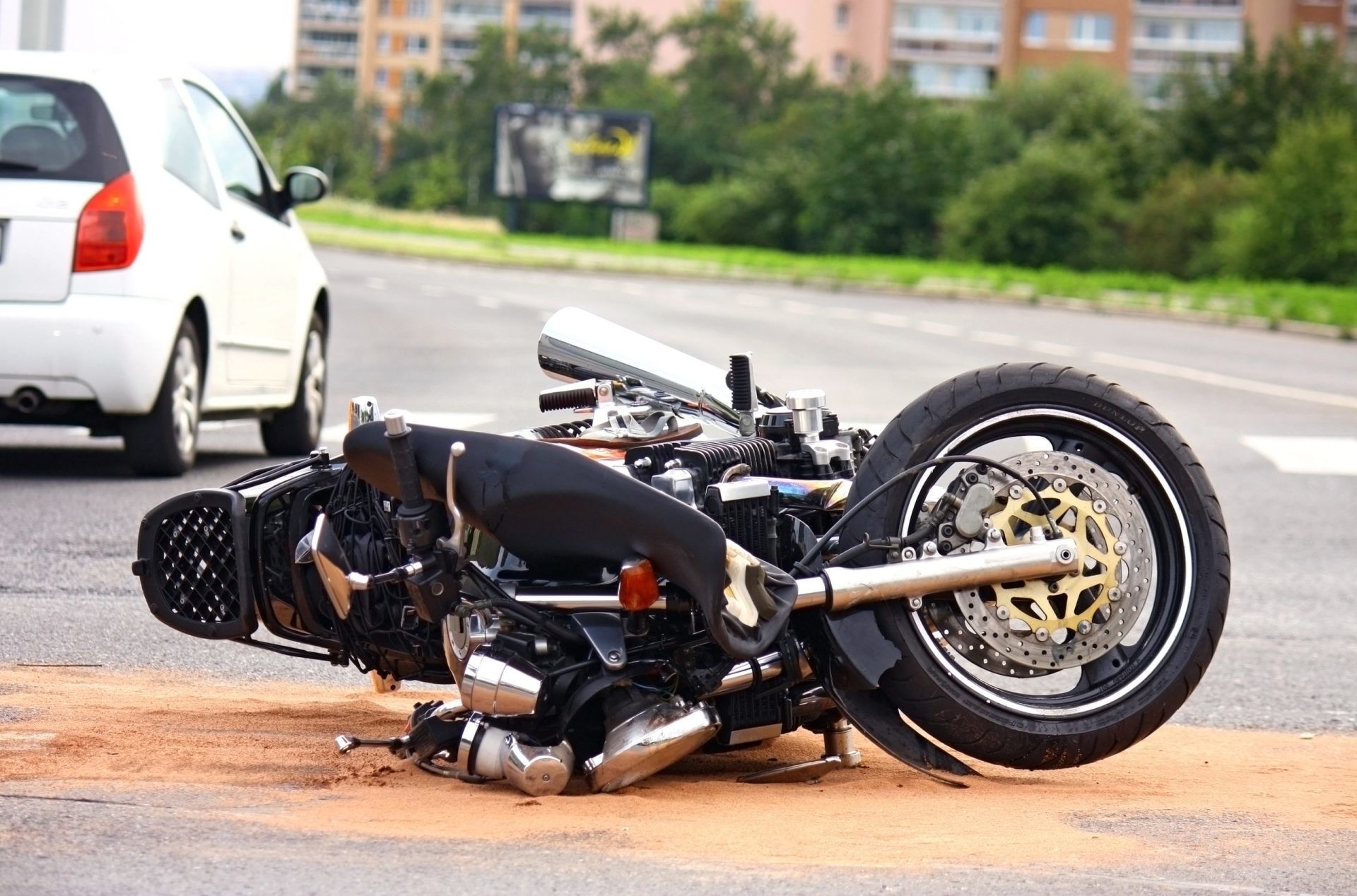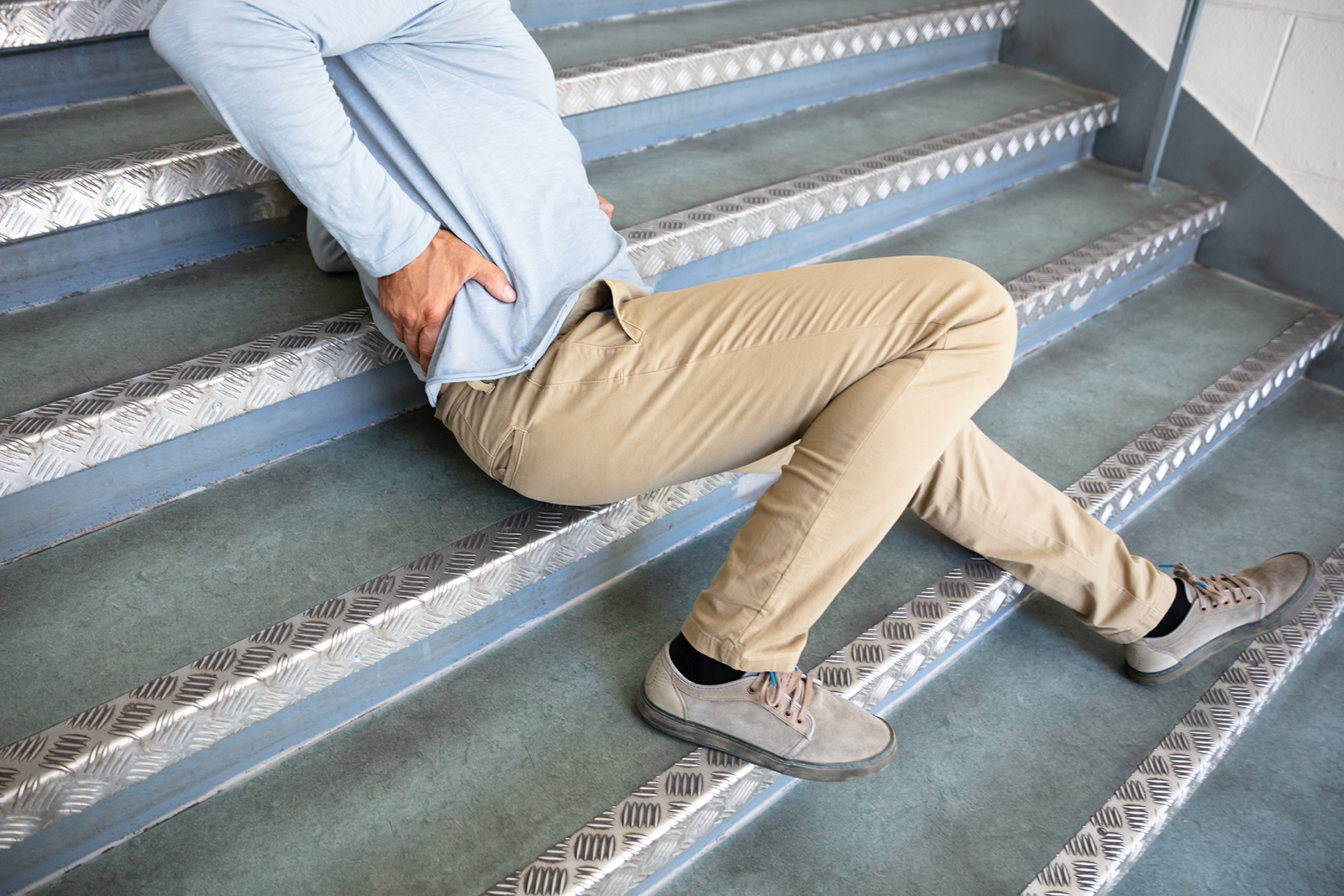Auto Accidents Involving Pedestrians
While driving, it is not only important to keep your eye out for other vehicles around you, but also for pedestrians near the road or crossing streets. According to the CDC, there were 5,977 pedestrians killed and 137,000 injured in auto accidents in in 2017 in the United States. In Illinois alone there were a total of 4,940 pedestrian accidents in 2017.
DETERMINING FAULT
When determining who is at fault in an accident involving a pedestrian it is important to take into consideration many different factors.
The main determining factor to establish who is at fault, is in regard to negligence. Negligence, according to FindLaw, is the “failure to do (or not do) something that a reasonable person in a similar situation would do, to protect others from foreseeable risks”.
In order to obtain compensation for damages or injuries, the injured person must prove that the person at fault meets the following criteria:
- Owed a legal duty to the plaintiff.
- Failed to follow through with the legal duty.
- Caused the accident involving the plaintiff.
- The plaintiff was injured as a direct result of the accident caused.
In some cases, there may be multiple liable parties. The main parties that could all be held liable would include first, the most obvious case, the driver of the vehicle that caused the accident. However, in other circumstances, whoever is responsible in maintaining the sidewalk, crosswalk, road or parking lot where the accident occurred, or even the pedestrian themselves could also hold liability.
DUTY OF CARE
DRIVER
By getting behind the vehicle and making the active decision to drive a car, you take on a driver’s duty of care. This means that you are liable to exercise a reasonable amount of care when performing this action. Failing to commit to and practice this duty of care would be considered negligence. Thus, leaving you liable for any harm or injury occurring due to your lack thereof.
Some basic duties of care as a driver include:
- Following the speed limit
- Yielding to pedestrians at crosswalks
- Following traffic signals/lights/signs
- Signaling when turning or changing lanes
- Giving your full attention to driving (no distractions)
- Not driving under the influence (alcohol/drugs)
- Being aware of the weather or traffic conditions and practicing extra caution when needed
- Use a greater degree of care when driving in areas where children are present
PEDESTRIAN
Even though pedestrians may generally have the “right of way” in most circumstances, they also have a duty of care to maintain. Failure to comply can result in “contributory negligence” if their lack of care contributed to their resulting injuries in an accident.
Duties of care as a pedestrian include:
- Following the signals at an intersection, and only walking when the “walk” signal is displayed.
- Using only designated crosswalks to cross streets.
- Using reasonable caution when deciding to cross a street by checking both ways to ensure no cars are coming.
- Not walking out in front of a moving vehicle in the street.
In Illinois, pedestrians have the right-of-way in most cases. According to the Illinois Vehicle Code, pedestrians still have to follow their basic duty of care by not walking out in front of a moving vehicle, use designated crosswalks, and follow all other designated traffic signals. However, if attempting to cross the street in an area with a lack of traffic signals a driver still must yield. Additionally, in the state of Illinois, hitchhiking as a pedestrian is illegal. Illinois follows the “modified comparative fault theory”. Meaning that if the plaintiff is deemed at least 51% responsible for the accident, they will not be able to collect compensation. If the plaintiff is less than 51% responsible, then compensation may be obtained from the defendant. However, due to the modified comparative fault theory, compensation will accurately represent the degree of fault by subtracting the plaintiff’s percentage of fault.
RISKS
The CDC has provided information in regard to what circumstances a pedestrian accident may be more likely to occur, and who is most often involved. In order to do your best to reduce these types of accidents it is important to recognize when you should be more alert when operating a vehicle, and when you should not be driving at all due to impaired judgement.
ALCOHOL
- Approximately 47% of accidents causing a pedestrian death involved alcohol levels above .08 g/dL in either the driver and/or pedestrian
ELDERLY & CHILDREN
- 20% of pedestrian deaths and 10% of injuries consisted of pedestrians ages 65 and older (2017).
- About 20% of children 15 years or younger killed in traffic accidents were pedestrians (2017).
SPEED
- Driving at high speeds will increase the chances of hitting a pedestrian and the severity of injury.
TIME/LOCATION
- The majority of pedestrian deaths tend to happen at night in urban, non-intersection locations.
HOW TO STAY SAFE
- Only cross the street using designated crosswalks.
- Walk on the sidewalk, not in the street.
- Wear reflective clothing when out at night.
- Be aware of your surroundings.
- Limit use of earbuds or phone when walking near a road.
WHITESIDE & GOLDBERG, LTD.
If you have been involved in an auto accident with a pedestrian, whether you were the driver, or the pedestrian, we encourage you to set yourself up for success by working with a qualified personal injury lawyer. If you are in the Chicago area, Whiteside & Goldberg Law Group offers free consultations for anyone who would like to discuss their case. No matter the severity, it is always important to contact an experienced lawyer to help you recover any losses or damages.
The attorneys at Whiteside & Goldberg Law Group never charge a fee until they win a settlement for you. You can contact them today at by calling 312-334-6875 for the Whiteside & Goldberg Law Group Michigan Avenue location and 815-730-7535 for their Shorewood office.
The content of this blog is intended for informational purposes only and does not constitute or establish an attorney-client relationship, nor constitute legal advice. If you wish to discuss any further aspect of the material contained herein, please contact an attorney at Whiteside & Goldberg, Ltd.





